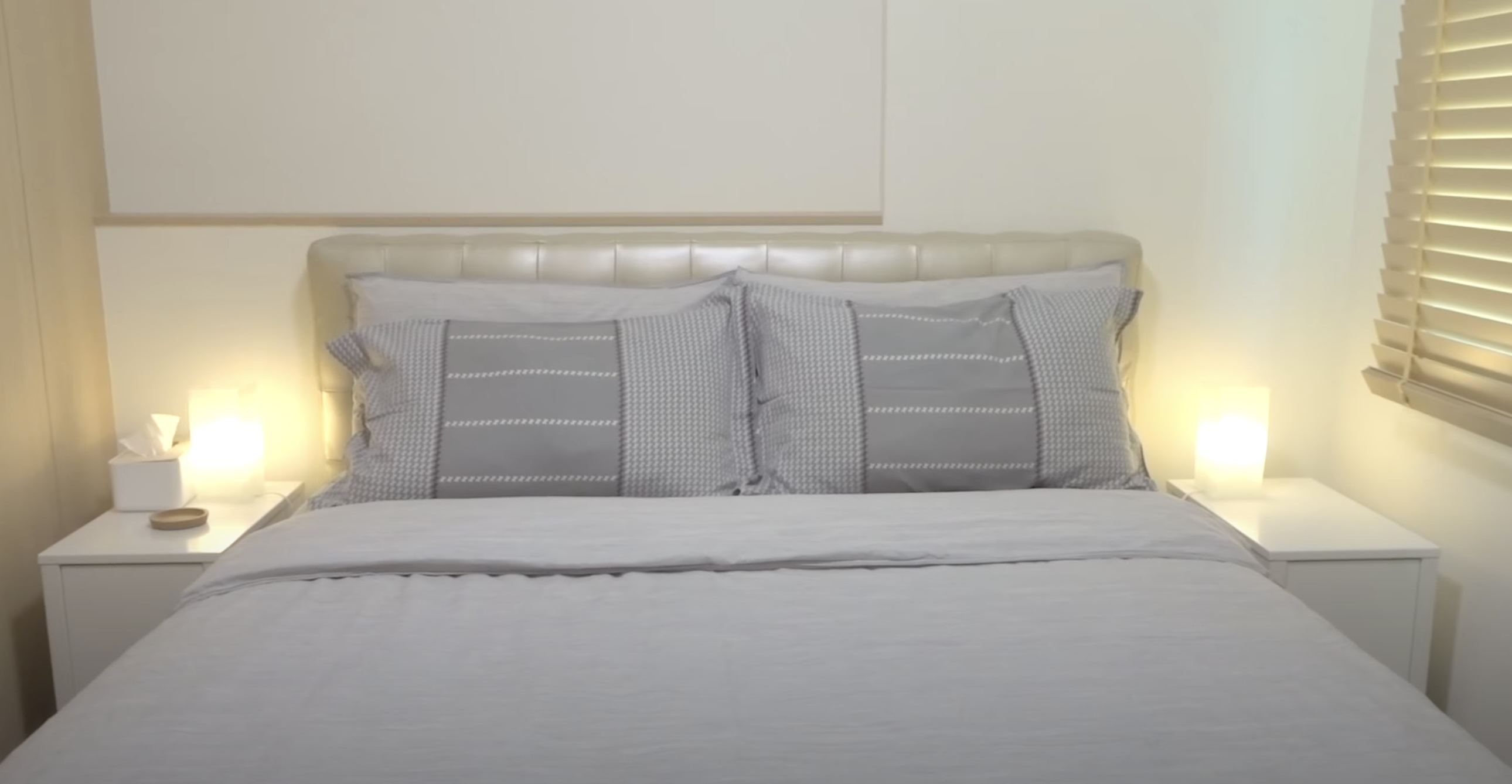

Articles
How To Make A Duvet Cover Stay In Place
Modified: February 24, 2024
Learn how to make a duvet cover stay in place with our helpful articles. Discover expert tips and tricks for keeping your duvet cover secure and wrinkle-free.
(Many of the links in this article redirect to a specific reviewed product. Your purchase of these products through affiliate links helps to generate commission for Storables.com, at no extra cost. Learn more)
Introduction
There’s nothing more frustrating than waking up in the morning to find your duvet has slipped and twisted inside its cover, leaving you in a tangled mess. A well-fitted duvet cover not only enhances the aesthetic appeal of your bedding but also ensures a comfortable and uninterrupted sleep. Keeping your duvet cover in place requires some clever tricks and solutions to prevent it from shifting and bunching up during the night. In this article, we will explore various methods to make a duvet cover stay in place, allowing you to enjoy a neat and cozy bed every night.
While some duvet covers come with built-in features like ties or buttons, many others lack these securing mechanisms. Fortunately, there are several simple and effective solutions you can try to keep your duvet cover firmly in place. From using sheet clips to sewing fasteners, we will cover a range of techniques that will help you achieve a well-fitted duvet cover that stays put throughout the night.
Whether you’re a restless sleeper or just want to keep your bed looking neat and tidy, the following methods can be easily implemented to prevent your duvet from shifting inside its cover. Let’s dive into the details and discover how to make a duvet cover stay in place.
Key Takeaways:
- Ensure a snug and secure duvet cover by choosing the right size and material, using sheet clips or straps, sewing Velcro or snaps, creating ties, or using non-slip materials for a comfortable and visually appealing bed.
- Prevent duvet cover shifting and bunching by implementing practical methods such as sheet clips, sewing Velcro or snaps, creating ties, or using non-slip materials to maintain a well-fitted and secure duvet cover for a cozy and inviting bedroom.
Understanding the Importance of a Securely Fitted Duvet Cover
A duvet cover is not just a decorative piece for your bedding; it serves a practical purpose as well. One of the main functions of a duvet cover is to protect your duvet insert from dirt, stains, and wear. However, if the duvet cover is not securely fitted, it can result in an uncomfortable sleeping experience, making it difficult for you to relax and get a good night’s sleep.
When a duvet cover is loose or constantly shifting, the duvet insert inside can become misaligned and bunch up in certain areas. This uneven distribution of filling can create uncomfortable lumps and bumps, causing sleep disturbances and discomfort throughout the night. In addition, a poorly fitted duvet cover can lead to the duvet insert slipping out completely, exposing you to direct contact with the insert and potentially causing allergies or irritations.
Furthermore, a duvet cover that is not securely fitted can create a messy and unkempt appearance in your bedroom. Your bedding may look disheveled and untidy, which can impact the overall aesthetic appeal of your room. A well-fitted duvet cover, on the other hand, creates a neat and inviting atmosphere, enhancing the overall look and feel of your sleep space.
By ensuring your duvet cover stays in place, you not only protect your duvet insert and improve your comfort, but you also maintain a visually pleasing and well-organized bedroom environment.
Now let’s explore some practical solutions to keep your duvet cover securely fitted, allowing you to fully enjoy the benefits of a well-made bed.
Choosing the Right Size and Material
When it comes to making your duvet cover stay in place, choosing the right size and material is essential. A properly sized duvet cover will fit snugly around your duvet insert, reducing the likelihood of it shifting or bunching up. Here are some factors to consider:
Size: Make sure to select a duvet cover that matches the size of your duvet insert. Most duvet covers are available in standard sizes like Twin, Full/Queen, and King. Choosing the correct size will ensure a proper fit and prevent excessive movement.
Material: The material of the duvet cover can also affect its ability to stay in place. Opt for materials with a bit of grip, such as cotton or linen. These fabrics tend to have a slightly rougher texture, which can help prevent slipping. In contrast, silky or satin materials may be more prone to sliding, making it harder to keep the duvet cover in place.
Fasteners: Some duvet covers come with built-in fasteners like ties, buttons, or snaps that help secure the duvet insert in place. If possible, choose a duvet cover with these features as they provide additional support and stability.
By selecting the right size and material for your duvet cover, you lay the foundation for a more secure and well-fitted bedding setup. Let’s now explore some practical methods to reinforce the duvet cover and prevent it from shifting during the night.
Using Sheet Clips or Straps
Sheet clips or straps are handy tools that can be used to keep your duvet cover in place. These clips or straps are designed to secure the duvet cover to the corners of your mattress, preventing it from shifting or sliding during the night. Here’s how you can use them:
Step 1: Start by laying your duvet insert on the bed and aligning it with the corners of your mattress. Smooth out any wrinkles or creases in the duvet cover.
Step 2: Attach the sheet clips or straps to the corners of your duvet cover, ensuring they are securely fastened. These clips or straps usually have elastic bands that allow them to stretch and accommodate different mattress sizes.
Step 3: Lift the corners of your mattress and slide the clips or straps under each corner. Make sure they are properly secured to the mattress.
Step 4: Lower the mattress back down, ensuring that the duvet cover stays taut and in place. Adjust the clips or straps if necessary to achieve a snug fit.
Using sheet clips or straps is a simple and effective way to anchor your duvet cover and prevent it from shifting during the night. They provide a secure connection between the duvet cover and the mattress, offering stability and ensuring a comfortable sleeping experience.
Sheet clips or straps can be easily purchased online, at bedding stores, or in department stores. They come in various styles and designs, so you can choose the ones that best suit your needs and preferences.
Now that you have learned about using sheet clips or straps, let’s explore another method to help your duvet cover stay firmly in place.
Sewing Velcro or Snaps onto the Duvet Cover
If you’re looking for a more permanent solution to keep your duvet cover in place, sewing Velcro or snaps onto the cover can be an effective option. This method creates a strong and secure attachment between the duvet cover and the duvet insert. Here’s how you can do it:
Step 1: Lay your duvet cover flat and ensure it is smoothed out and evenly spread on a suitable surface, such as a table or the floor.
Step 2: Decide on the placement of the Velcro or snaps. Most commonly, these fasteners are sewn on the corners of the duvet cover, but you can also add them to the sides or along the edges if desired.
Step 3: Measure and mark the positions for the Velcro or snaps. Use a fabric pen or chalk to make accurate markings that will guide your sewing.
Step 4: Sew one half of the Velcro set or snap onto the inside (or outside) corner of the duvet cover according to your markings. Ensure that you sew it securely, making multiple passes with a strong stitch.
Step 5: Sew the corresponding half of the Velcro set or snap onto the edge of the duvet insert that corresponds with the corner where you attached the first piece.
Step 6: Repeat the process for the remaining corners or areas where you want to place the fasteners.
Step 7: Once all the Velcro pieces or snaps are securely sewn, align and attach them together to close the duvet cover. Ensure a snug fit and adjust if necessary.
By sewing Velcro or snaps onto your duvet cover, you create a durable and reliable fastening system that will keep your duvet insert in place. This method is particularly useful if you find yourself frequently washing or changing your duvet cover, as the fasteners will provide a consistent and secure attachment.
If you prefer a non-permanent solution, you can sew the Velcro or snaps onto removable fabric tabs that can be attached to the corners of your duvet cover using safety pins or sewn loops. This allows for easy removal and adjustment when necessary.
Now that you know how to sew Velcro or snaps onto your duvet cover, let’s explore another method to help your duvet cover stay securely in place.
Use duvet cover clips or fasteners to keep the corners of the duvet cover in place. These clips can be easily attached to the corners of the duvet and will prevent it from shifting inside the cover.
Read more: How Do You Make A Duvet Cover
Creating Ties or Corner Fasteners
If you prefer a more traditional and decorative solution for keeping your duvet cover in place, creating ties or corner fasteners can be a charming option. This method involves attaching fabric ties or loops to the corners of your duvet cover and duvet insert, allowing you to secure them together. Here’s how you can create ties or corner fasteners:
Step 1: Lay your duvet cover flat and ensure it is spread evenly on a suitable surface for easy access.
Step 2: Decide on the number of ties or fasteners you want to create. Four ties, one for each corner, is a common choice, but you can add additional ones if desired.
Step 3: Measure and mark the positions for the ties or fasteners. Typically, they are placed on the inside corner of the duvet cover, near the edges.
Step 4: Cut strips of fabric, approximately 6-8 inches long, to create the ties. Alternatively, you can use ribbon or twill tape.
Step 5: Fold each strip of fabric in half lengthwise and stitch along the open edge to create a long tube. Alternatively, you can fold the edges towards the center and sew them down to create a neater finish.
Step 6: Attach one end of each fabric strip or ribbon to the inside corner of the duvet cover, sewing them securely in place.
Step 7: Attach the other end of each fabric strip or ribbon to the corresponding corner of the duvet insert. You can sew them directly onto the duvet or create fabric loops, which can be secured by sewing or tying.
Step 8: Tie the fabric strips or ribbons together to secure the duvet cover and insert. Adjust the tightness of the ties to achieve a snug fit.
Creating ties or corner fasteners adds a decorative touch to your duvet cover while ensuring that the duvet insert stays securely in place. Additionally, this method allows for easy removal and washing of the duvet cover, as you can untie the fasteners and separate the two layers.
If you’re using ties or loops made of fabric, be sure to choose a sturdy material that can withstand regular tying and untying. You can even get creative and use contrasting colors or patterns to add visual interest to your bedding.
Now that you know how to create ties or corner fasteners, let’s explore another method to help your duvet cover stay firmly in place.
Using Duvet Cover Grippers
If you’re looking for a hassle-free and easy-to-use solution to keep your duvet cover in place, duvet cover grippers are a convenient option. These grippers are specially designed with elastic straps and clips that securely hold your duvet cover in place. Here’s how you can use them:
Step 1: Lay your duvet cover flat on your bed, ensuring it is properly aligned and smoothed out.
Step 2: Attach the duvet cover grippers to the corners of your duvet cover. These grippers typically have elastic straps with clips on both ends.
Step 3: Lift the corners of your mattress and clip the grippers onto the duvet cover, ensuring they are securely fastened.
Step 4: Lower the mattress back down, allowing the elastic straps of the grippers to create tension and hold the duvet cover in place.
Using duvet cover grippers is a simple and effective way to keep your duvet cover from shifting or bunching up during the night. The elastic straps provide a constant tension that keeps the duvet cover taut and secure, ensuring a comfortable and undisturbed sleep.
Duvet cover grippers are widely available online and in bedding stores. They come in a variety of designs and materials, allowing you to choose the ones that best suit your needs and preferences.
Now that you know how to use duvet cover grippers, let’s explore another method to help your duvet cover stay securely in place.
Using Non-Slip Rug Underlay or Shelf Liner
A non-slip rug underlay or shelf liner can be a cost-effective and versatile solution to keep your duvet cover in place. These grippy materials provide traction between the mattress and duvet cover, preventing them from sliding or shifting. Here’s how you can use them:
Step 1: Start by laying your duvet cover flat on your bed, ensuring it is evenly spread out.
Step 2: Cut a piece of non-slip rug underlay or shelf liner to the size of your mattress.
Step 3: Place the cut piece of non-slip material between the mattress and the duvet cover, ensuring it is centered and covers the area where the duvet insert lies.
Step 4: Smooth out the duvet cover and adjust the non-slip material as needed to create a snug fit.
The non-slip rug underlay or shelf liner creates friction between the mattress and the duvet cover, effectively preventing them from sliding or shifting. This method is especially useful if your duvet cover is prone to slipping on smooth or slippery surfaces.
You can easily find non-slip rug underlay or shelf liner at home improvement stores, department stores, or online retailers. They usually come in rolls or sheets and can be trimmed to fit your mattress size.
Aside from using non-slip material specifically designed for rugs or shelves, you can also use rubberized shelf liner or silicone grip pads as alternatives.
Now that you know how to use non-slip rug underlay or shelf liner, you have another tool to help keep your duvet cover securely in place. Let’s go over a summary of the various methods we’ve discussed.
Conclusion
Ensuring that your duvet cover stays in place is essential for maintaining a comfortable and visually pleasing bed. A securely fitted duvet cover not only prevents the duvet insert from shifting and bunching up but also adds to the overall aesthetic appeal of your bedroom. Throughout this article, we have explored various methods to help you achieve a well-fitted duvet cover that stays put throughout the night.
We began by understanding the importance of a securely fitted duvet cover, emphasizing the impact it has on your comfort and the overall appearance of your bedroom. We then discussed the significance of choosing the right size and material for your duvet cover and how these factors can influence its ability to stay in place.
We explored several practical methods, such as using sheet clips or straps to anchor the duvet cover to the corners of your mattress, providing a secure connection. We also discussed the option of sewing Velcro or snaps onto the duvet cover to create a more permanent and reliable fastening system.
For those who prefer a more traditional approach, we covered the process of creating ties or corner fasteners, allowing you to secure the duvet cover and insert together. Finally, we introduced the use of non-slip rug underlay or shelf liner as an effective method to prevent the duvet cover from slipping or shifting.
By implementing these techniques, you can create a well-fitted and secure duvet cover that enhances your sleep environment. Whether you choose to use sheet clips, sew Velcro or snaps, create ties, or use non-slip materials, each method offers its own advantages and can be tailored to your specific needs and preferences.
Remember, a well-fitted duvet cover not only enhances your comfort but also contributes to a tidy and inviting bedroom. So, choose the method that suits you best and enjoy the benefits of a duvet cover that stays in place night after night.
Frequently Asked Questions about How To Make A Duvet Cover Stay In Place
Was this page helpful?
At Storables.com, we guarantee accurate and reliable information. Our content, validated by Expert Board Contributors, is crafted following stringent Editorial Policies. We're committed to providing you with well-researched, expert-backed insights for all your informational needs.
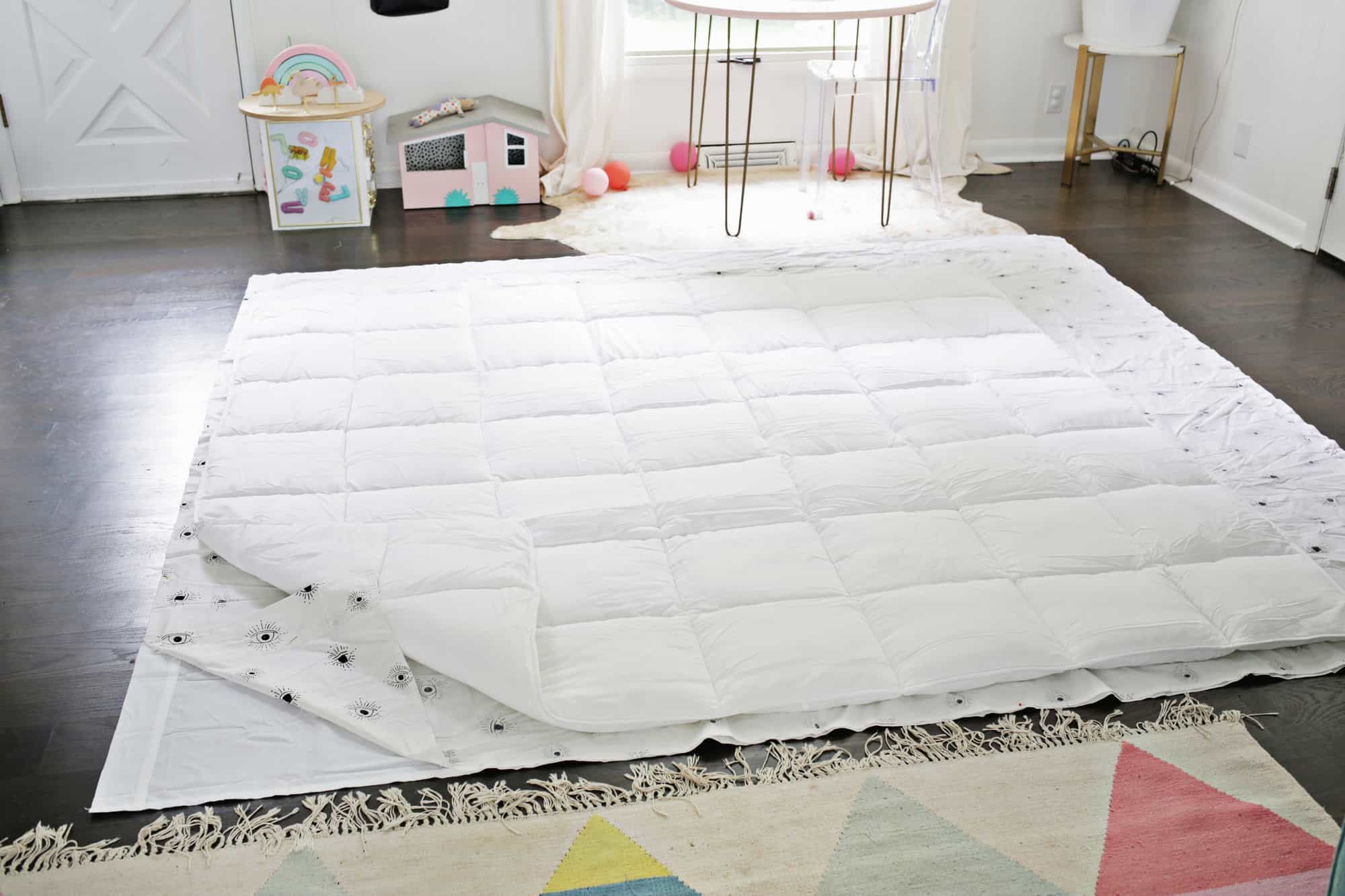
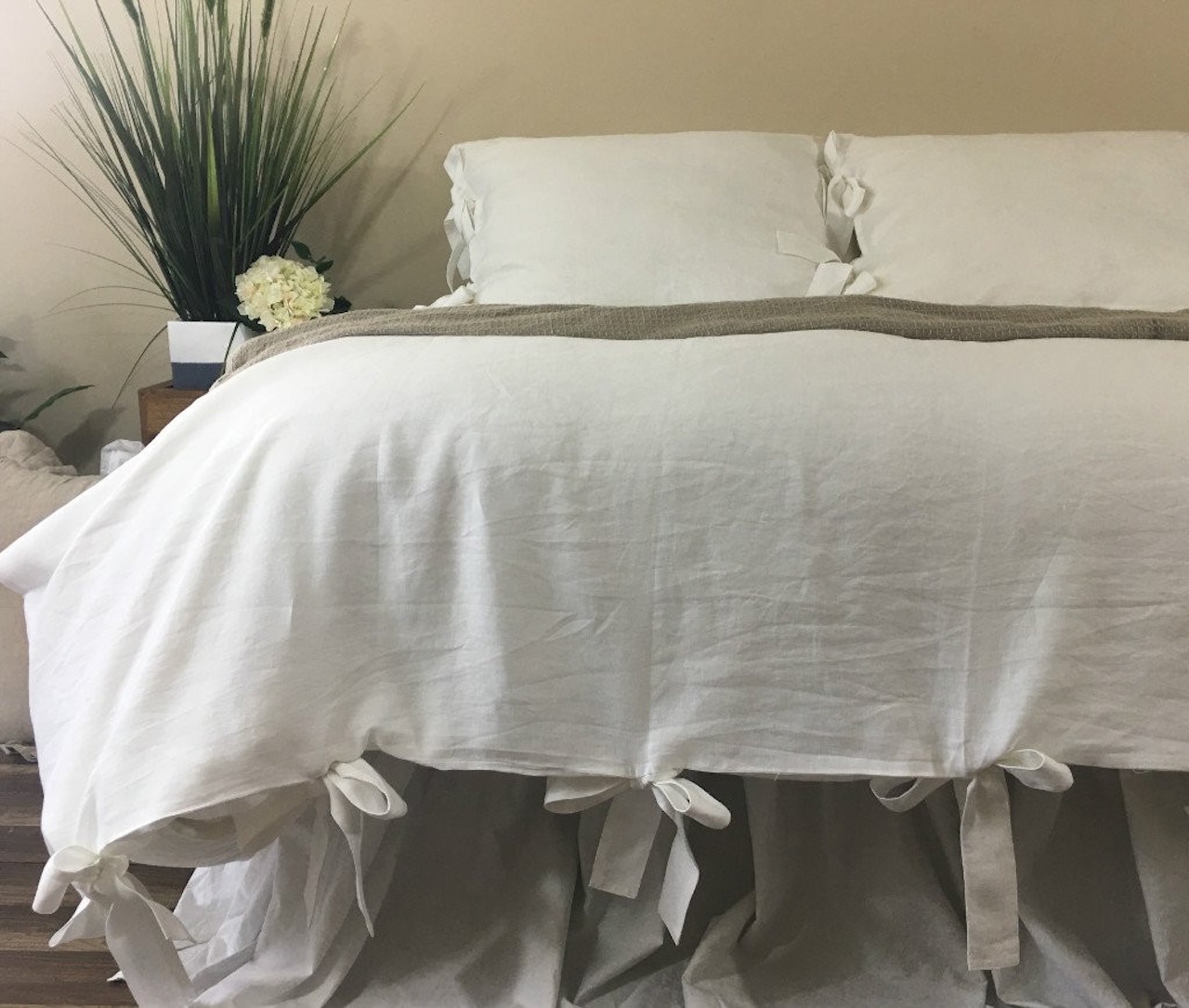






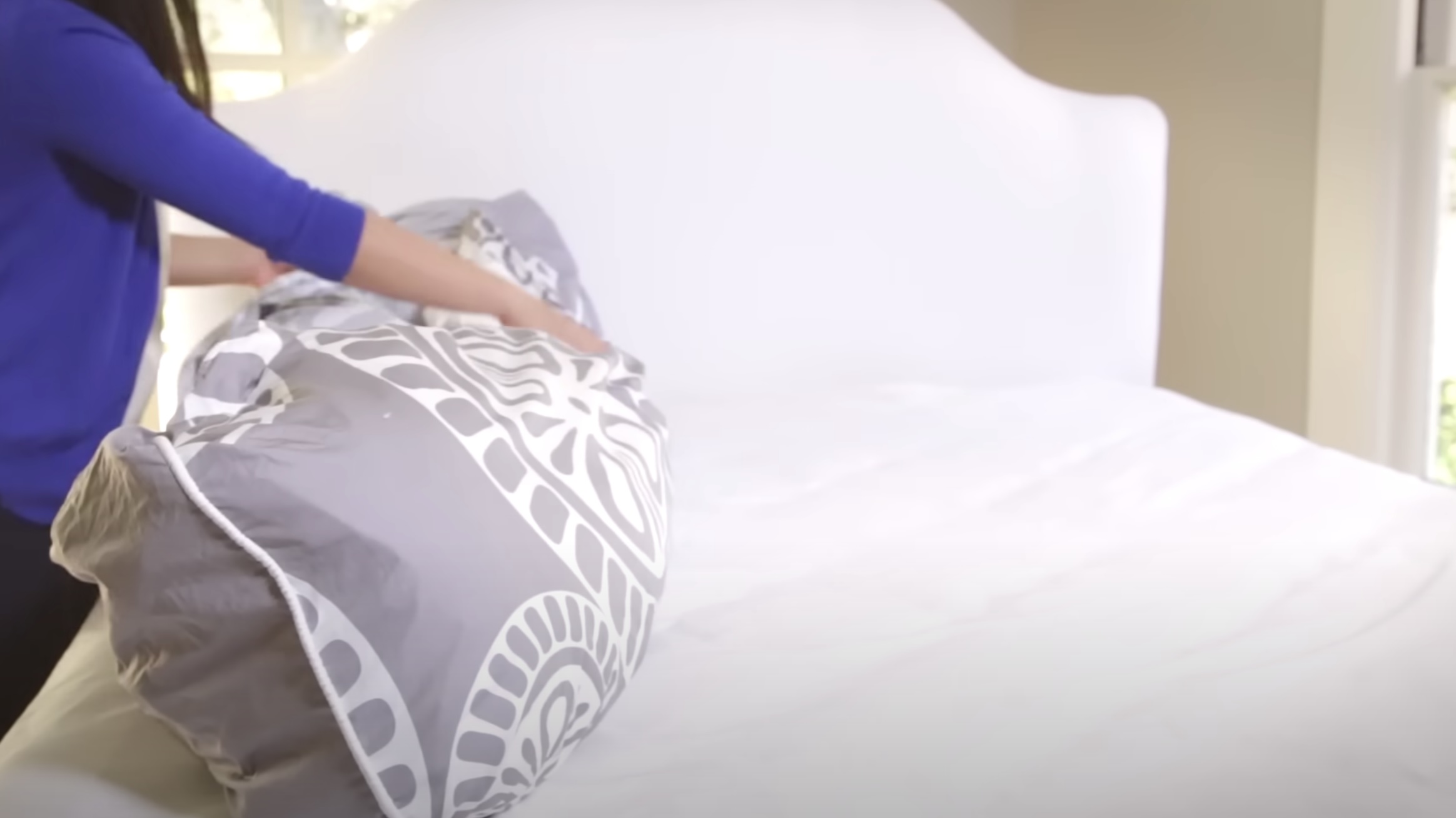
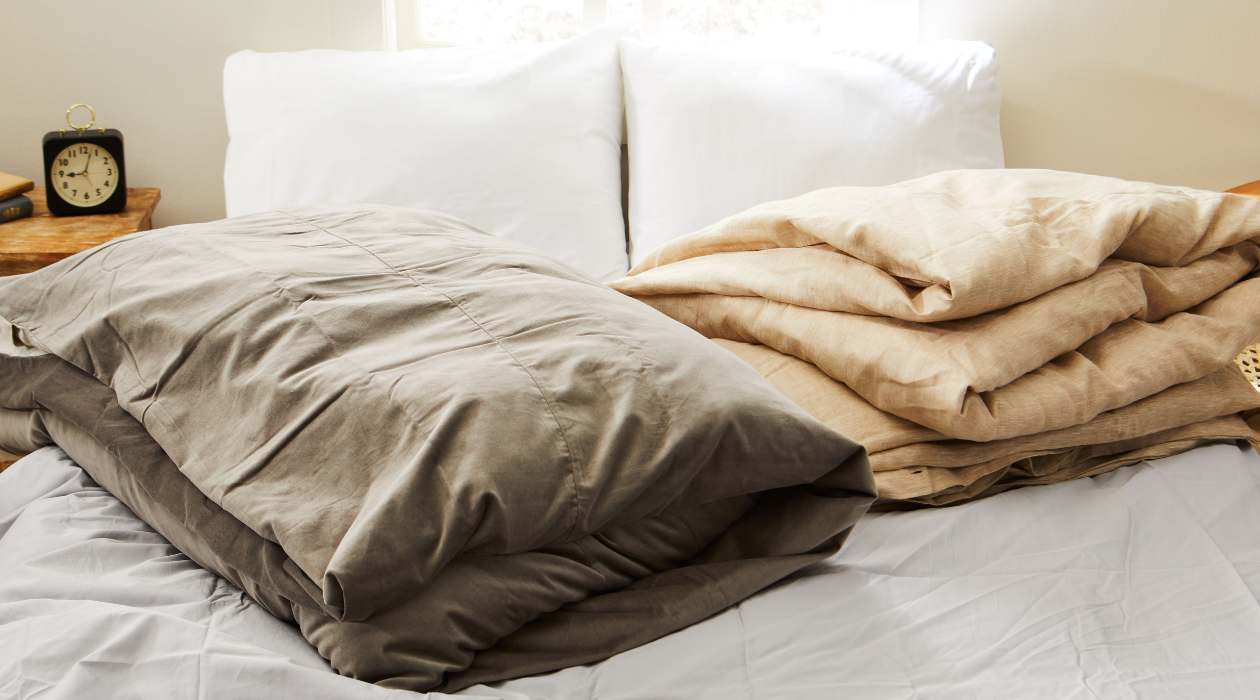
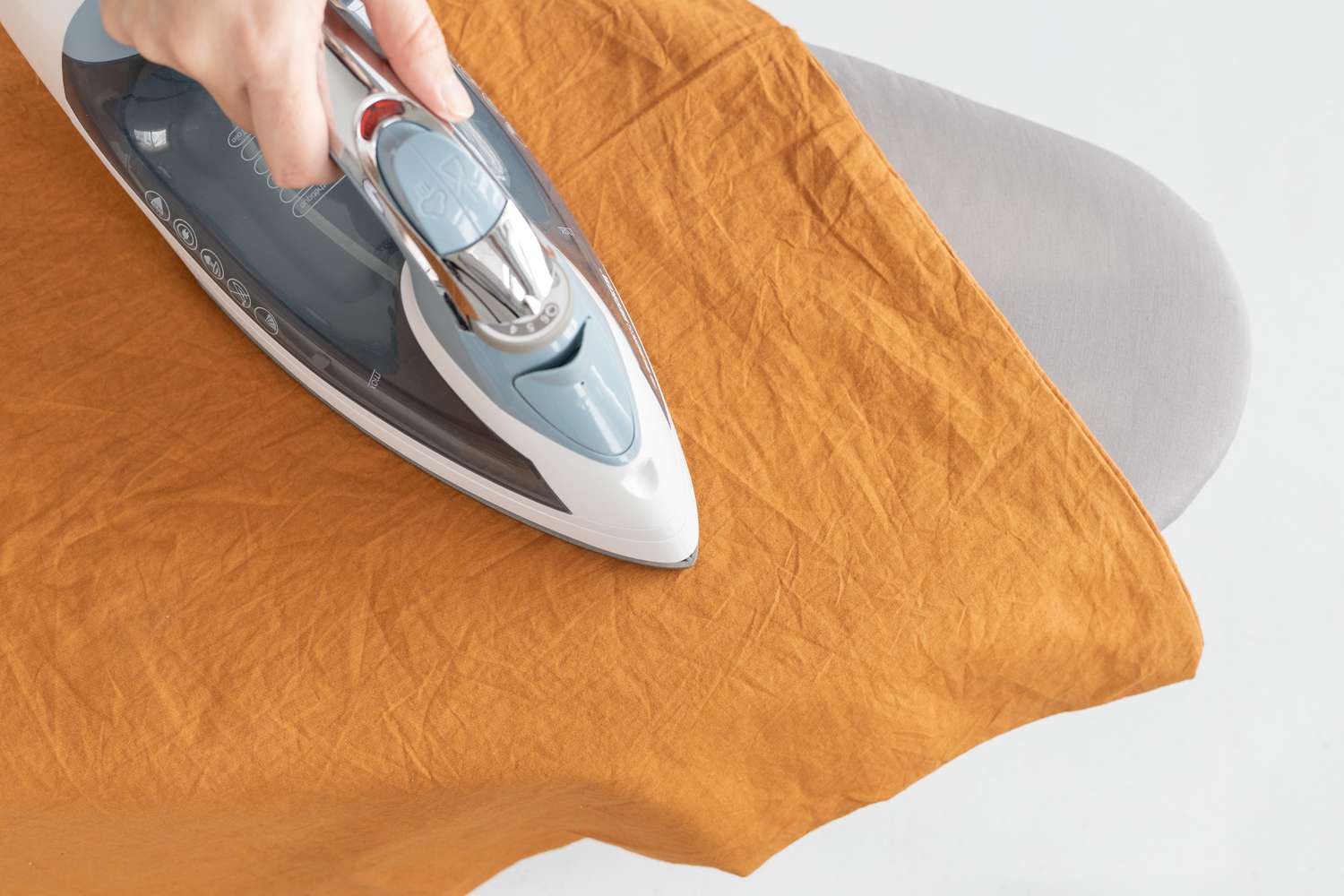


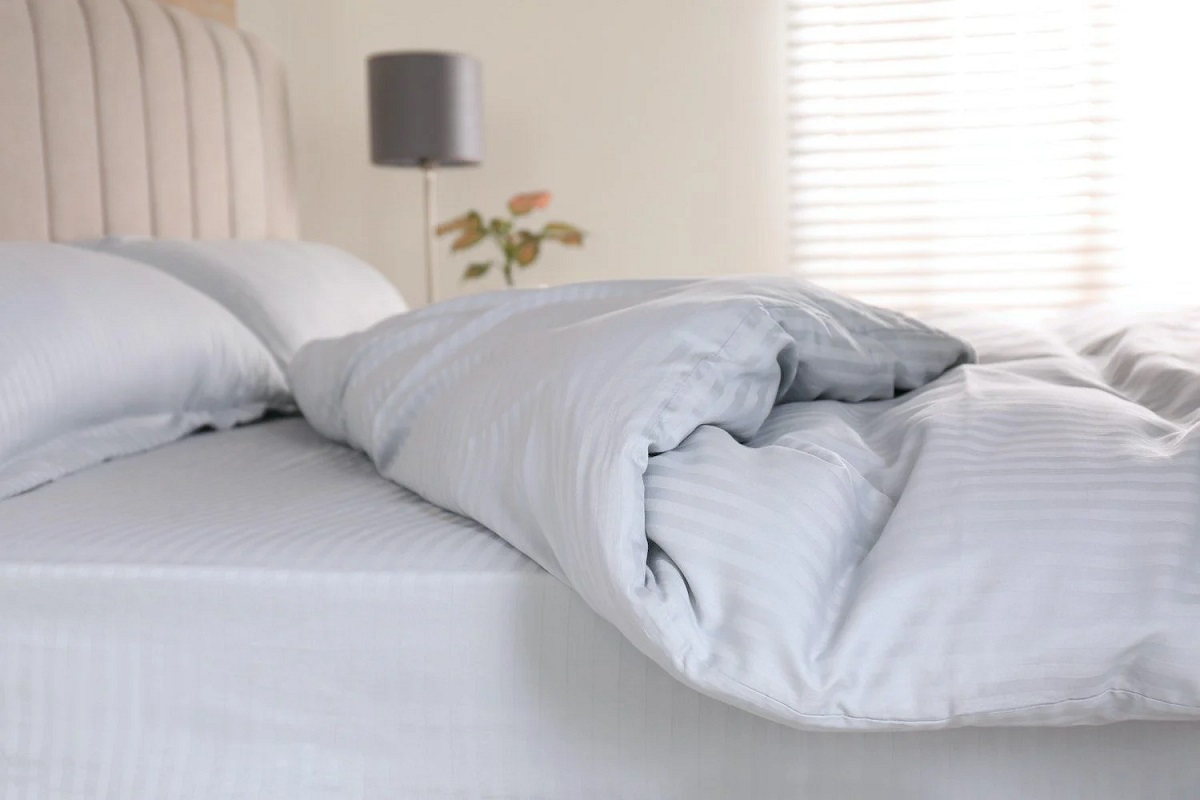

0 thoughts on “How To Make A Duvet Cover Stay In Place”